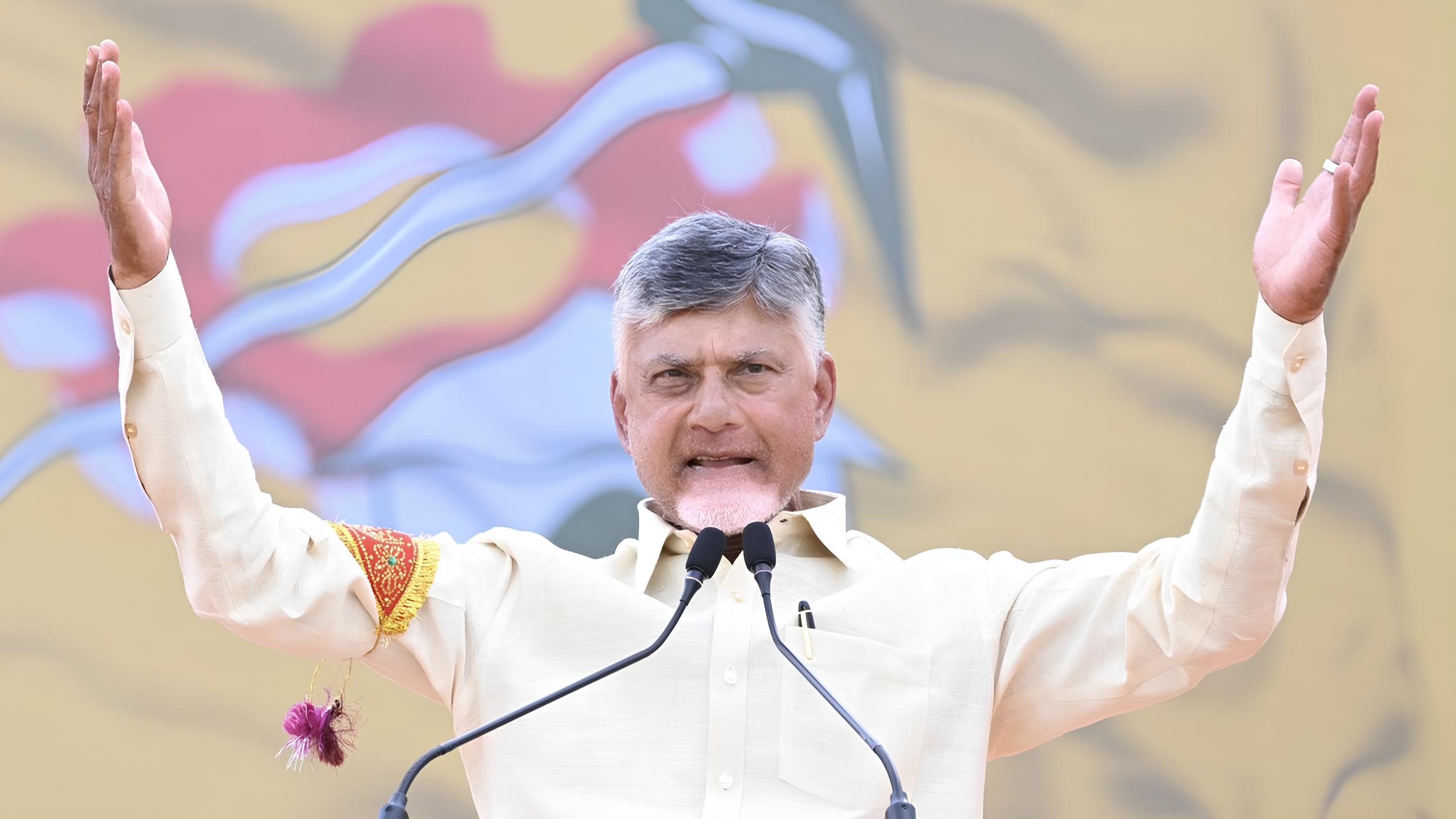Naidu emphasised that the plan is to transform Visakhapatnam into “another Mumbai” within the next seven years and directed officials to identify one lakh acres across the region for upcoming projects.
Published Jun 07, 2025 | 12:08 AM ⚊ Updated Jun 07, 2025 | 12:08 AM

Chief Minister Chandrababu Naidu has fast-tracked highway construction
Synopsis: Andhra Pradesh Chief Minister N Chandrababu Naidu has proposed the creation of a ‘Visakha Economic Region’ to NITI Aayog, aiming to develop a $120 billion economy across eight coastal districts by 2032. The plan includes major infrastructure investments, job creation, and sectoral development across ports, manufacturing, IT, tourism, and clean energy.
Andhra Pradesh Chief Minister N Chandrababu Naidu has proposed the creation of a “Visakha Economic Region” as a key growth engine for the state, targeting a regional economy of $120 billion by 2032.
The proposed economic region will span eight coastal and north-coastal districts – Visakhapatnam, Vizianagaram, Srikakulam, Anakapalli, Kakinada, East Godavari, Alluri Sitarama Raju (ASR), and Parvathipuram Manyam – covering a total area of 36,000 sq km and a population of 15.5 million. The region’s current GDP stands at around $49 billion.
The proposal was made during a review meeting with NITI Aayog officials at the State Secretariat on Friday, 6 June.
The meeting was attended by State Minister Gottipati Ravikumar, NITI Aayog CEO BVR Subrahmanyam, Chief Secretary Vijay Anand, representatives from the ISEG Foundation, and other senior officials.
Naidu emphasised that the plan is to transform Visakhapatnam into “another Mumbai” within the next seven years and directed officials to identify one lakh acres across the region for upcoming projects.
The chief minister noted that the region could generate 20 to 24 lakh jobs by 2032, making it crucial to the state’s future growth.
Presenting his vision to NITI Aayog, the chief minister outlined a development model centred around six ports, seven manufacturing nodes, 17 agricultural zones, six service hubs, and 12 tourism hubs.
NITI Aayog officials in turn detailed a presentation anchored around seven growth drivers: ports, IT, agriculture, tourism, healthcare, urban development, and infrastructure. Forty-one key projects have been identified for implementation.
If executed within the proposed timeline, the Visakha Region could see construction of 7.5 lakh housing units, 10,000 hotel rooms, up to 20 innovation centres, 10 colleges, 7,000 hospital beds, development across 20,000 hectares of industrial land, 80 million sq ft of office space, and 60 million sq ft of warehousing capacity.
“We will develop beach roads from Mulapeta to Visakhapatnam and Visakhapatnam to Kakinada. These will be connected to national highways. The coast is a treasure trove – we must leverage it fully,” the chief minister said.
“Tourism is being treated as an industry, and our new policy is very investor-friendly. With future needs in mind, we will ensure continuous skill training for youth. We’re adopting ‘Work from Home’ and Knowledge Economy outsourcing models. The goal is to provide work-from-home opportunities to 20 lakh people.”
He said the government’s target should be to create 4 to 5 lakh jobs in the IT sector, with an emphasis on data centres, start-ups, and innovation hubs.
The meeting also focused on developing Visakhapatnam as a steel hub in partnership with the country’s top three steel producers.
Other priorities discussed included petrochemicals, the gas grid, port development, the petrochemical–medical technology corridor, shipbuilding, defence, electronics, clean technology, and labour-intensive manufacturing.
The infrastructure roadmap includes four ongoing and seven proposed railway projects, to be completed by 2032, alongside nine road projects supporting manufacturing zones and ports.
The 77-km Vizag Metro, targeted for rollout between 2028 and 2030, will form a core part of urban transit development.
Highlighting Andhra Pradesh’s early leadership in power sector reforms, the chief minister recalled, “In 1998, we pioneered power sector reforms in the country. In 2014, we accorded priority to renewable energy, which now enables the lowest-cost power generation.”
The state, he said, is now pushing forward with distributed power generation models that allow individuals to produce and consume their own electricity, thereby reducing distribution losses.
“EV [Electric Vehicle] adoption will drastically reduce transportation costs. We’re focusing on solar, wind, pumped hydro, battery storage, and green hydrogen. Andhra Pradesh has abundant resources to support this vision. I seek NITI Aayog’s support to realise it,” he added.
Furthermore, a Memorandum of Understanding (MoU) was signed between the Government of Andhra Pradesh, NITI Aayog, and the ISEG Foundation for the State Energy Transition Roadmap, in the presence of the chief minister.
(Edited by Dese Gowda)
